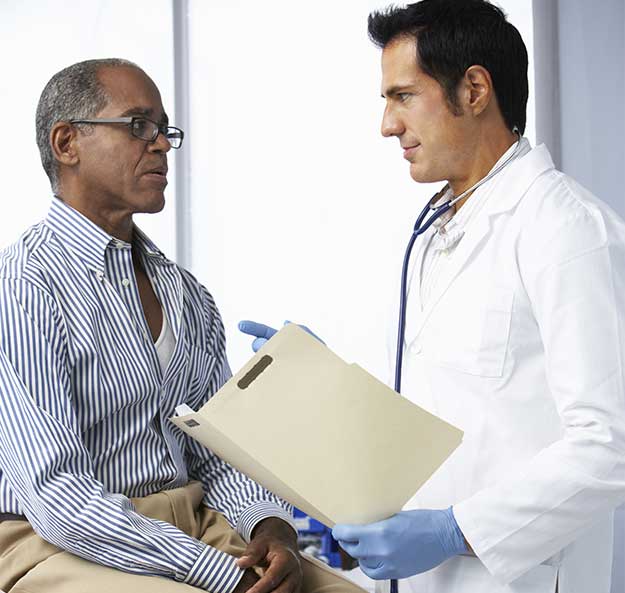
This non-invasive procedure is an effective treatment for many patients with hemorrhoids.
In the United States, it is estimated that nearly half of all men and women will suffer from hemorrhoids at least once in their lifetimes. While many hemorrhoids will go away on their own with home treatment and lifestyle changes, there are times when it might be necessary to have a skilled specialist provide more intensive treatments.
Before considering surgery or other invasive procedures, an individual may wish to discuss hemorrhoid ligation with a care provider.
What It Is
Hemorrhoid ligation, also referred to as hemorrhoid banding, is a procedure in which one or two very small rubber bands are used to cut off blood flow to the hemorrhoid. Without blood flow, the tissue can wither up and fall off. Ligation is considered to be the most commonly used, and often most effective, non-surgical way to treat internal hemorrhoids that have not responded to home treatment.
How It Works
Hemorrhoid ligation is an outpatient procedure. The physician will use a special scope to view inside of the rectum. A device will gently hold the hemorrhoid and place the rubber bands at the base to cut blood flow. The procedure can take just a minute or two for each hemorrhoid. If the bands are too tight or cause too much pain, a medication may be injected directly into the tied-off hemorrhoid to reduce discomfort. The hemorrhoid should fall off on its own within the course of a week.
This treatment method is determined to be effective in approximately 80% of patients. Only about 10% of those treated with ligation are likely to need surgical intervention following a hemorrhoid banding procedure.


What to Expect
Most patients can resume activities right away, though it is not unusual for some to require a few days of rest. Over-the-counter pain medications may be recommended for any lingering pain. Sitz baths or warm soaks can help to reduce pain. There may be some light bleeding during recovery, but this should resolve by itself in a couple of days. Some symptoms that may be experienced during the recovery process include:
- Slight pain in the rectum
- Feeling fullness in the rectum
- Increased urge to defecate
Following the procedure, the physician may recommend lifestyle changes to keep bowel movements from becoming too hard. Foods or supplements that are high in fiber or soften stools and plenty of fluids an keep the bowels moving smoothly, reducing the risk of developing hemorrhoids in the future. Any continued pain or bleeding should be brought to the attention of the physician who performed the procedure.
Who Is a Candidate?
Ligation cannot be performed on external hemorrhoids, so it is only considered as an option for those with internal hemorrhoids. A very small hemorrhoid may not be treated with ligation because there must be enough tissue to pull through the bands. On the other hand, hemorrhoids that always protrude from outside the anus, known as fourth degree hemorrhoids, generally cannot be treated with the use of ligation.


